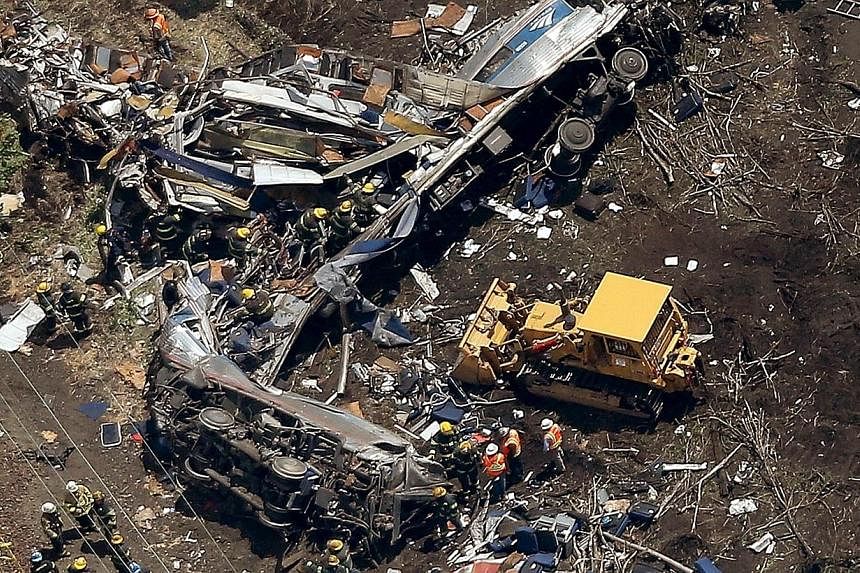(Reuters) - Amtrak plans to install video cameras to monitor the engineers of locomotives on its heavily travelled routes in the northeastern United States following a deadly derailment, the nation's largest passenger rail service said on Tuesday.
The move to add cockpit cameras in trains on the Northeast Corridor line by the year's end follows a derailment outside Philadelphia that killed eight people and injured about 200. "Inward-facing video cameras will help improve safety and serve as a valuable investigative tool," Amtrak Chief Executive Joe Boardman said in a statement.
The cameras will be installed in 70 locomotives that power trains on the Washington-to-Boston northeast corridor, as well as service between New York, Philadelphia and Harrisburg, Pennsylvania.
Amtrak is still looking into ways to install cameras in the high-speed locomotives that power its Acela express line through the region and on diesel-powered locomotives.
US Senator Richard Blumenthal, a Democrat from Connecticut, which is served by Amtrak, praised the move but called on federal regulators to mandate similar cameras on all US rail locomotives.
"Inward-facing cameras, with the right privacy protections for employees, are a critical way to make our railroads safer,"Blumenthal said. "Cameras improve accident investigations, deter unsafe behaviour, and detect compliance with safety laws, which is why I have urged their installation as soon as possible."
The northbound train involved in the May 12 derailment accelerated to 171 kilometres per hour from 113 kph in the minute before the crash, which occurred on a sharp curve. Investigators have not yet concluded why the train sped up so dramatically but are looking into possibilities including equipment malfunction or human error and are analyzing the engineer's cell phone records to find out whether he may have been making a phone call or texting in the time leading up to the accident.
Amtrak engineers are required to turn off their phones when behind the controls.
The Federal Railroad Administration last week ordered Amtrak to take immediate steps to improve the safety of its busiest route, including identifying dangerous curves along the Northeast Corridor where slower speeds could reduce the risk of mishap.

